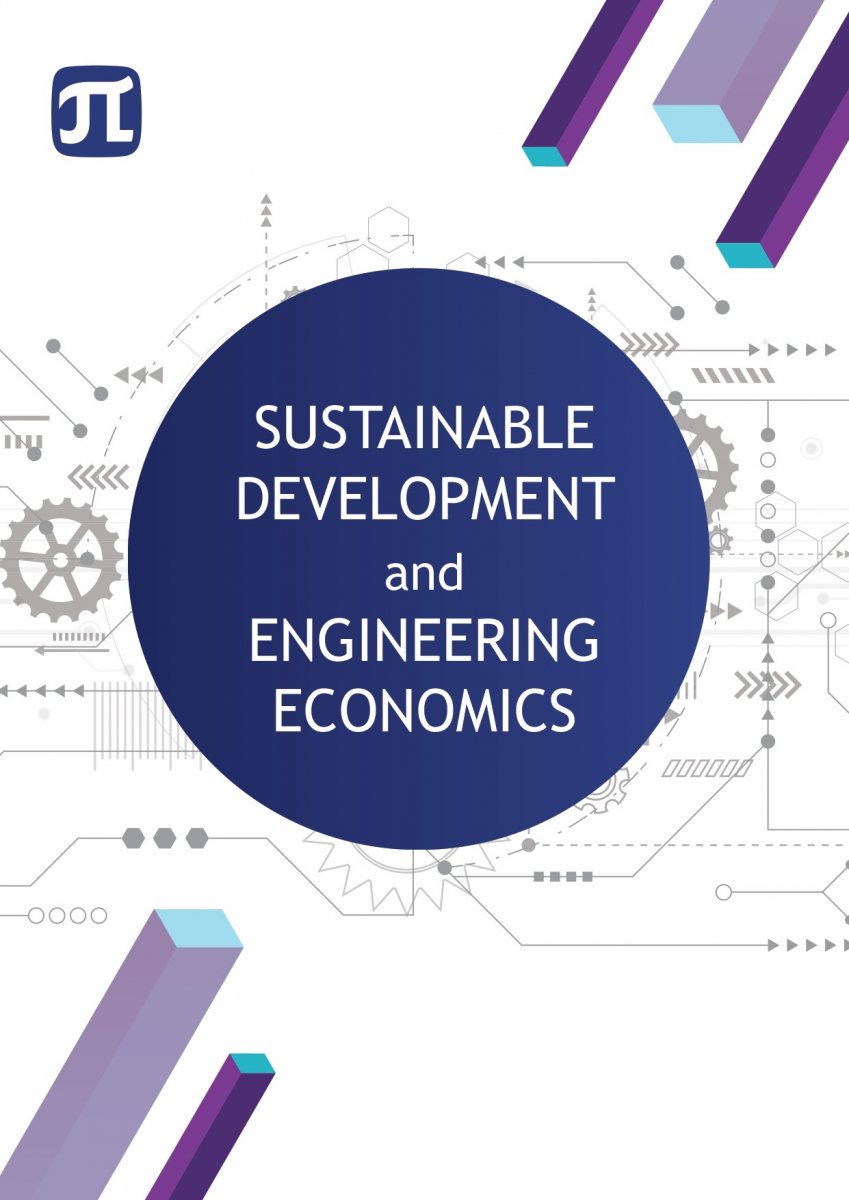INNOVATION AND RESOURCE POTENTIAL ON KEY PERFORMANCE INDICATORS OF WATER SUPPLY ENTERPRISES
The article analyses the innovation and resource potential of an enterprise as the basis for its sustainable development. The factors of structure, assessment and impact of this potential on individual resulting performance indicators are considered. This study identified the natural links between innovation and resource potential and the indicators of profit, revenue, costs, volumes of water losses and consumption. Thus, the probable links between potential and the financial, environmental and social components that characterise the activities of an enterprise are elucidated. The study used expert assessments and regression analyses on data from the SUE ‘Vodokanal of St. Petersburg’. The value of innovation and resource potential was determined by summing up the values of constituent elements (subpotentials): educational and personnel, research, information and technological, production and technical, socioenvironmental, financial and economic as well as organisational and managerial. For each subpotential, a system of indicators was developed. Calculations of indicators were done for data from 2010–2020. Indicators were ranked by degree of importance. After determining the value of the innovation and resource potential, six regression models were built, reflecting the impact of potential on key performance indicators of the water supply enterprise. The results of the study demonstrated profit, revenue and cost indicators’ direct dependence on innovation and resource potential and the inverse dependence of water loss and consumption. Studying indicators characterising a particular subpotential and selecting resulting indicators for modelling and assessing the impact of innovation and resource potential remain problematic. The results show that subpotential improvement can be achieved by identifying indicators, such as personnel and technological support that depend on innovation and resource potential for major advancements. This can improve the effectiveness and efficiency of water supply enterprises, making this an important area of scientific inquiry.


